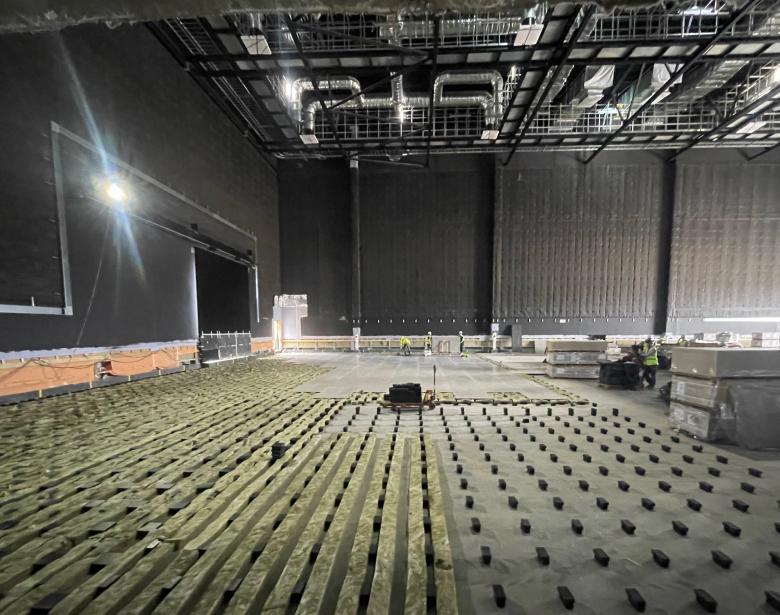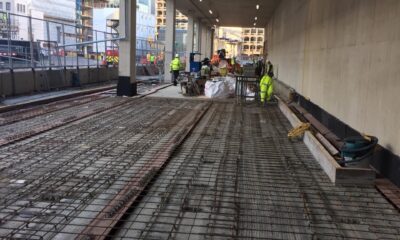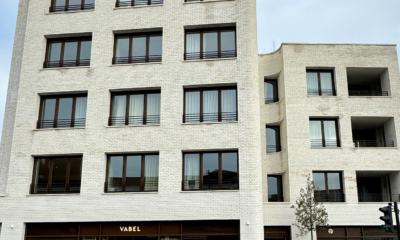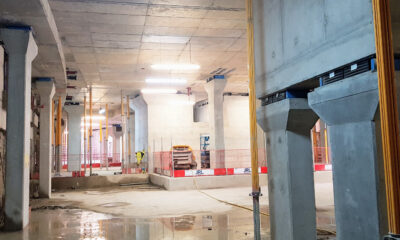Urban living typically offers a wide range of amenities and services, such as access to public transportation, restaurants, shops, and cultural events. This lifestyle can be attractive to those who seek the convenience and excitement of city living, and who enjoy the diversity and energy of urban environments. Urban living construction projects are multi-faced and can come with unique design and engineering challenges, such as noise pollution, vibration from transport infrastructure and thermal transfer efficiencies particularly from connections to balconies and facades.
Farrat have a range of solutions that can support architects, contractors, structural engineers and buyers tackling urban living projects. Including building vibration control, acoustic isolation and structural thermal breaks.
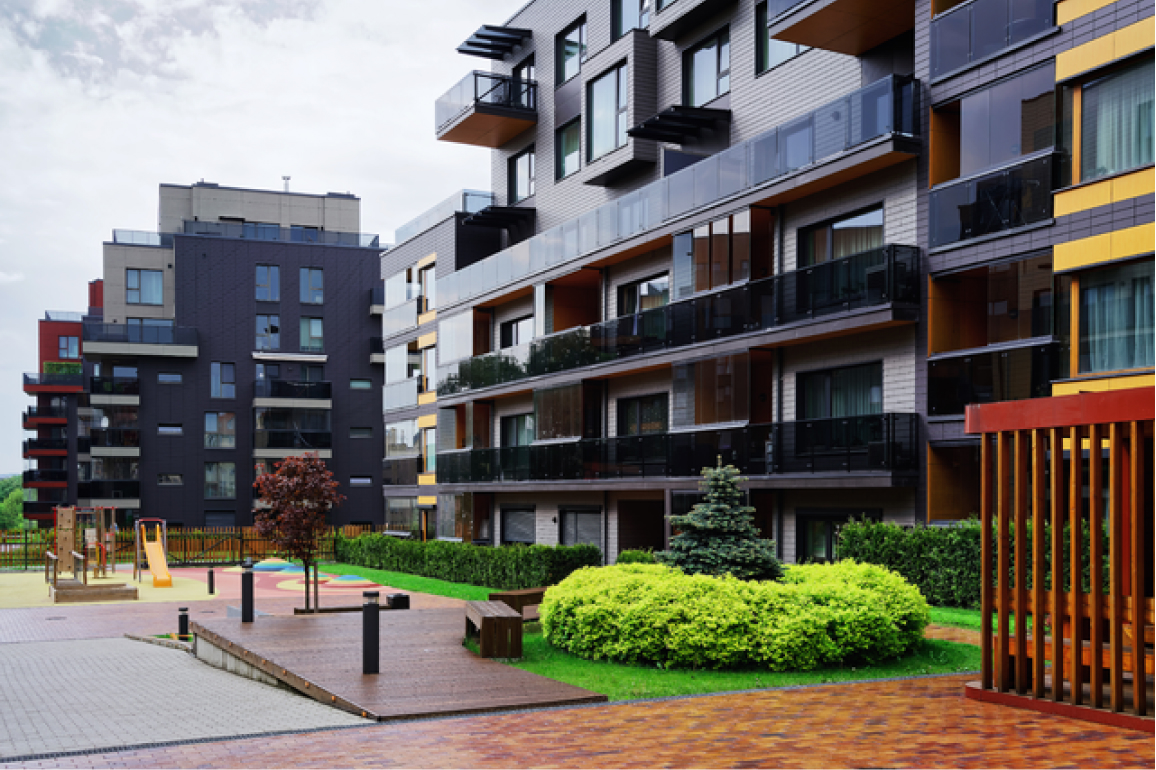
Key considerations when designing and specifying for urban living projects:
Space utilisation: Urban living projects often have limited space, so it is important to maximize the use of every square foot. This can be achieved through clever space planning and design, as well as the use of multi-functional furniture and storage solutions.
Sustainability: With the increasing concern for the environment, it is important to incorporate sustainable features into urban living projects. This includes the use of energy-efficient appliances and lighting, as well as the incorporation of green spaces and renewable energy sources.
Safety: In dense urban areas, safety is a major concern. Designers and builders should take steps to ensure that the building is structurally sound, fire-resistant, and has proper emergency exits and lighting.
Community and social interaction: Urban living projects can feel isolating, so it is important to incorporate communal spaces and amenities that encourage social interaction and community building. This can include shared kitchens, rooftop gardens, and community rooms.
Accessibility: Accessibility is a key consideration for urban living projects, as many residents rely on public transportation and walking to get around. The building should be designed with easy access to public transportation and pedestrian walkways, and should be accessible to people with disabilities.
Technology: With the increasing use of technology in everyday life, it is important to incorporate technology into urban living projects. This can include smart home features, high-speed internet, and wireless charging stations.
